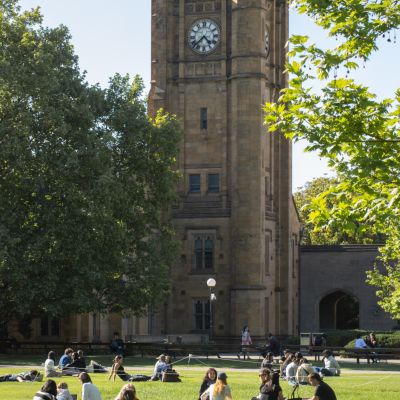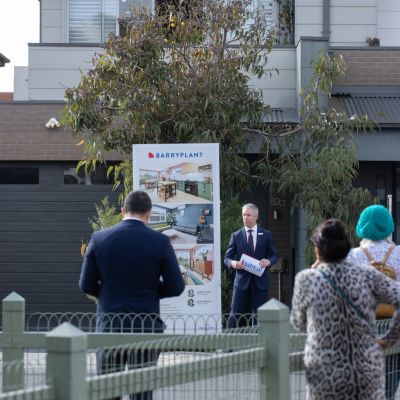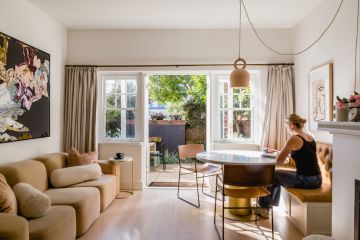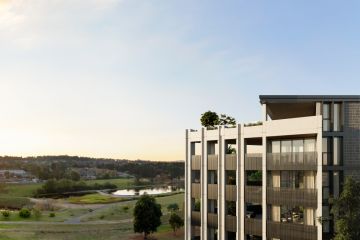How to add value to your investment without over-capitalising
The fastest-growing segment of new loans is currently for home renovations, increasing by 43 per cent from June to July and 7 per cent annually.
While many are being taken out by owner-occupiers in preference to moving, investors also account for a large percentage, aiming to add value to their assets while claiming tax deductions on the outlay.
Money.com.au’s home loans expert Mansour Soltani says 3113 new alterations loans were issued in July 2024, compared to 2173 in the previous year. The average renovation loan is $272,085, compared to $230,787 a year ago.
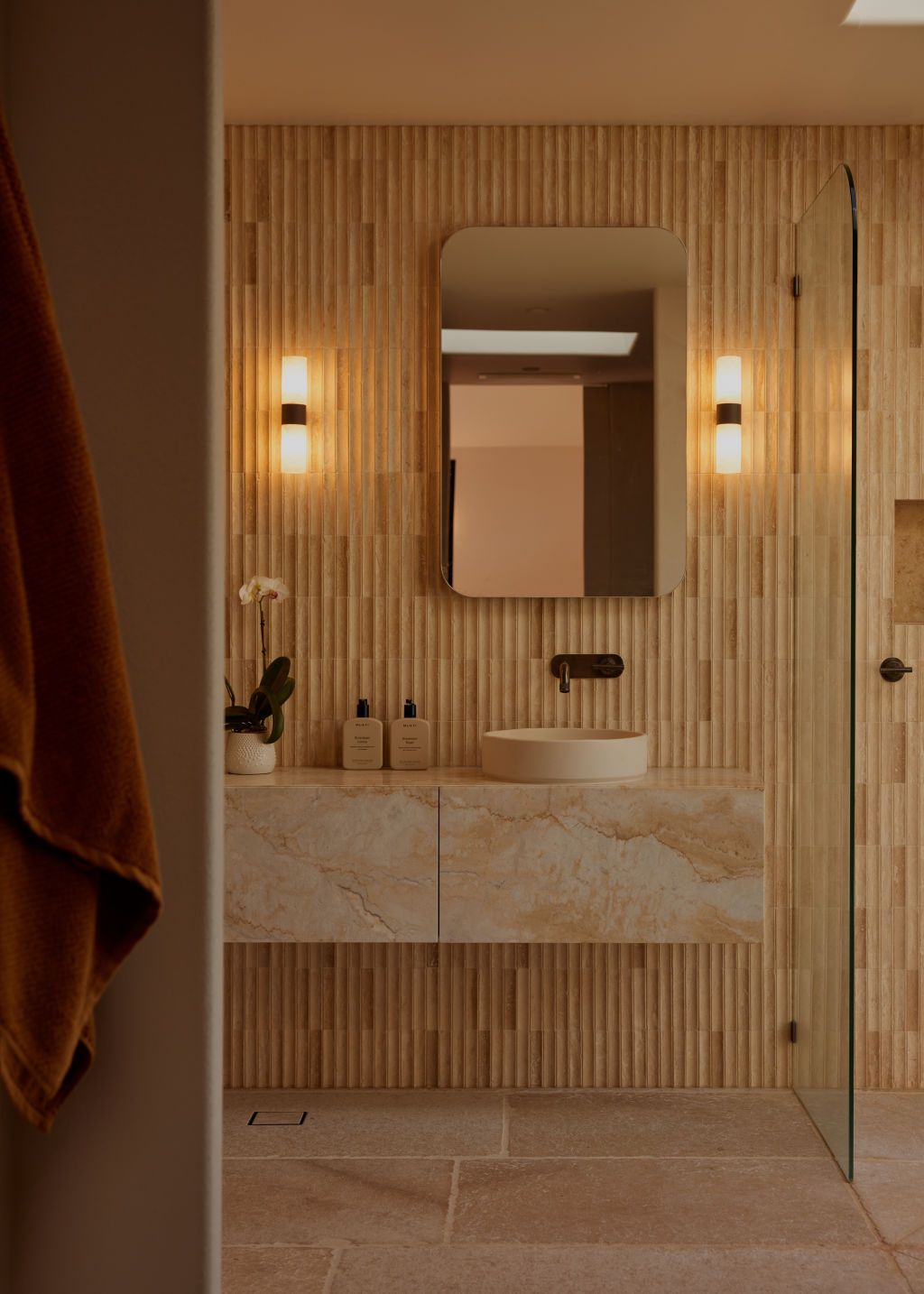
“Rising property prices are providing home owners with increased equity, allowing them to cash out and fund renovations,” he says.
However, investors should always be wary of over-capitalising their properties. A neat rule of thumb, says property investment specialist John Pidgeon of Envisage Property, is that, if you’re investing in a blue-chip area, to take a look at the best house in the street and work back from there.
“You’ll be pretty secure then in using that as the benchmark of the kind of value you want from your property,” he says. “There’s more danger of over-capitalising in smaller regional and rural areas.
“There, you always want to make sure you make $3 from every dollar spent. Adding value is one of the three wealth creators in real estate, next to buying at a discount, and benefitting from capital growth.”
Mortgage broker Rebecca Jarrett-Dalton, the founder of finance company Two Red Shoes, says you should also ask local agents where the demand for rentals, as well as for sales, sits. They might advise, for instance, that there’s lots of tenant demand for a three-bedroom home with some outdoor space rather than that extra fourth bedroom you were thinking of adding.
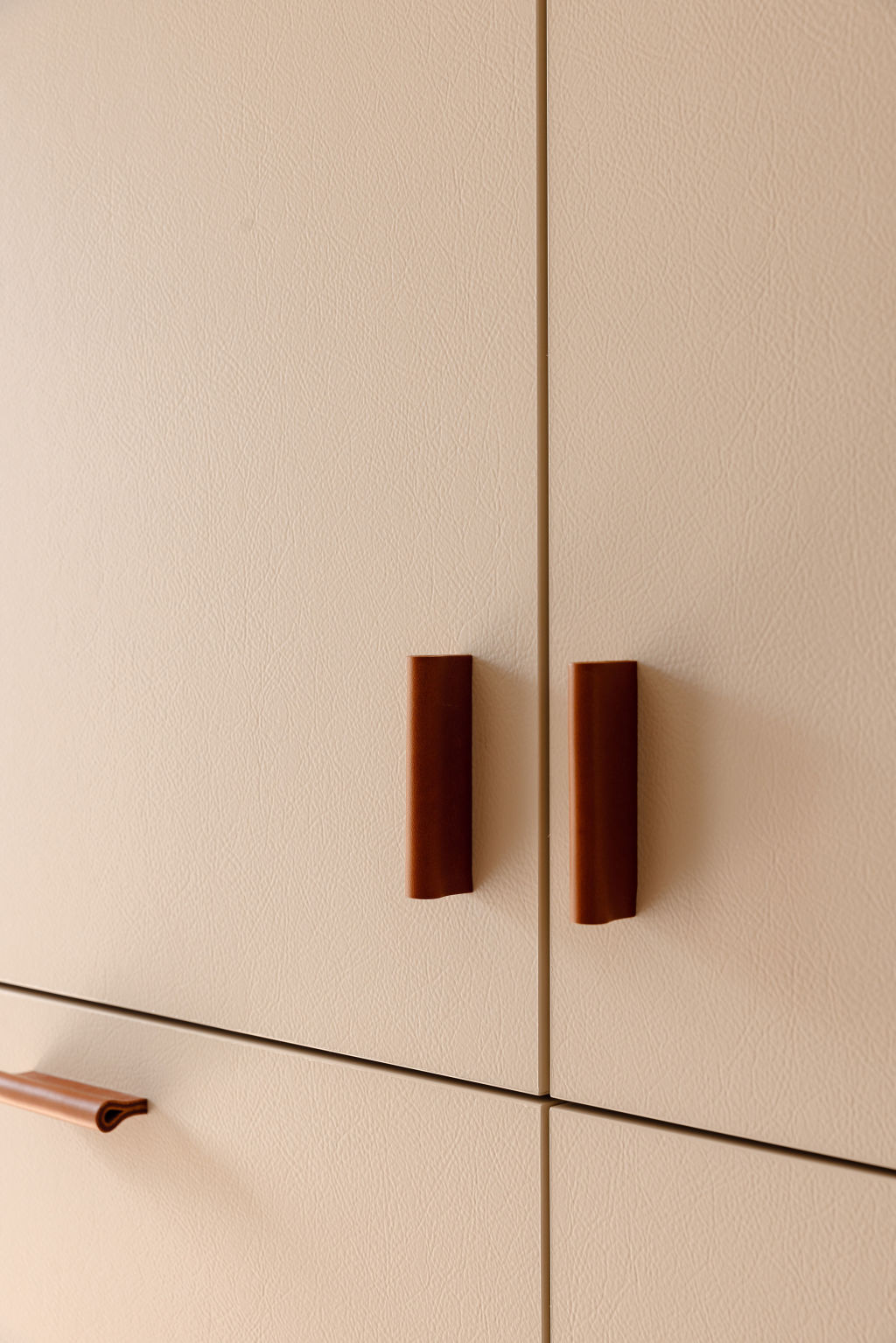
“There might be more unusual renovations that could bring a bigger profit, too, like perhaps increasing the height of a garage to cater for the bigger vehicles so many drive these days, or adding an EV charger,” Jarrett-Dalton says.
“Also, there might be the opportunity to add an office with its own front door onto the front of a house, or renovate another building to turn it into a granny flat to suit areas where multigenerations like to live together. Sometimes looking at it laterally might bring in bigger returns.”
But even regular value adds needn’t be too ambitiously expensive, either. Property solicitors Jones Whyte recommend making small upgrades rather than undertaking major projects.
Simple, inexpensive tasks like painting cupboards, replacing handles, installing new splashbacks in kitchens and replacing lighting fixtures in bathrooms can all make a home look fresh and more modern.
The exterior of a home should also give a good first impression, as well as ensuring a neat front garden, while many tenants – and buyers – are now attracted by eco-friendly features like LED lights and extra insulation.
“By focusing on these cost-effective tips and tricks, you can make your property more attractive to potential buyers and sell it for a higher price,” says Nick Hay, a partner at law firm Jones Whyte. “The key is to think like a buyer and make improvements that you would look for when buying a house for yourself.”
We recommend
States
Capital Cities
Capital Cities - Rentals
Popular Areas
Allhomes
More
